Sylvan Esso: "We know it’s not going well if we feel like assholes"
The US synth-pop duo on how a new studio, a love of modular and touring as a 10-piece band inspired their latest LP
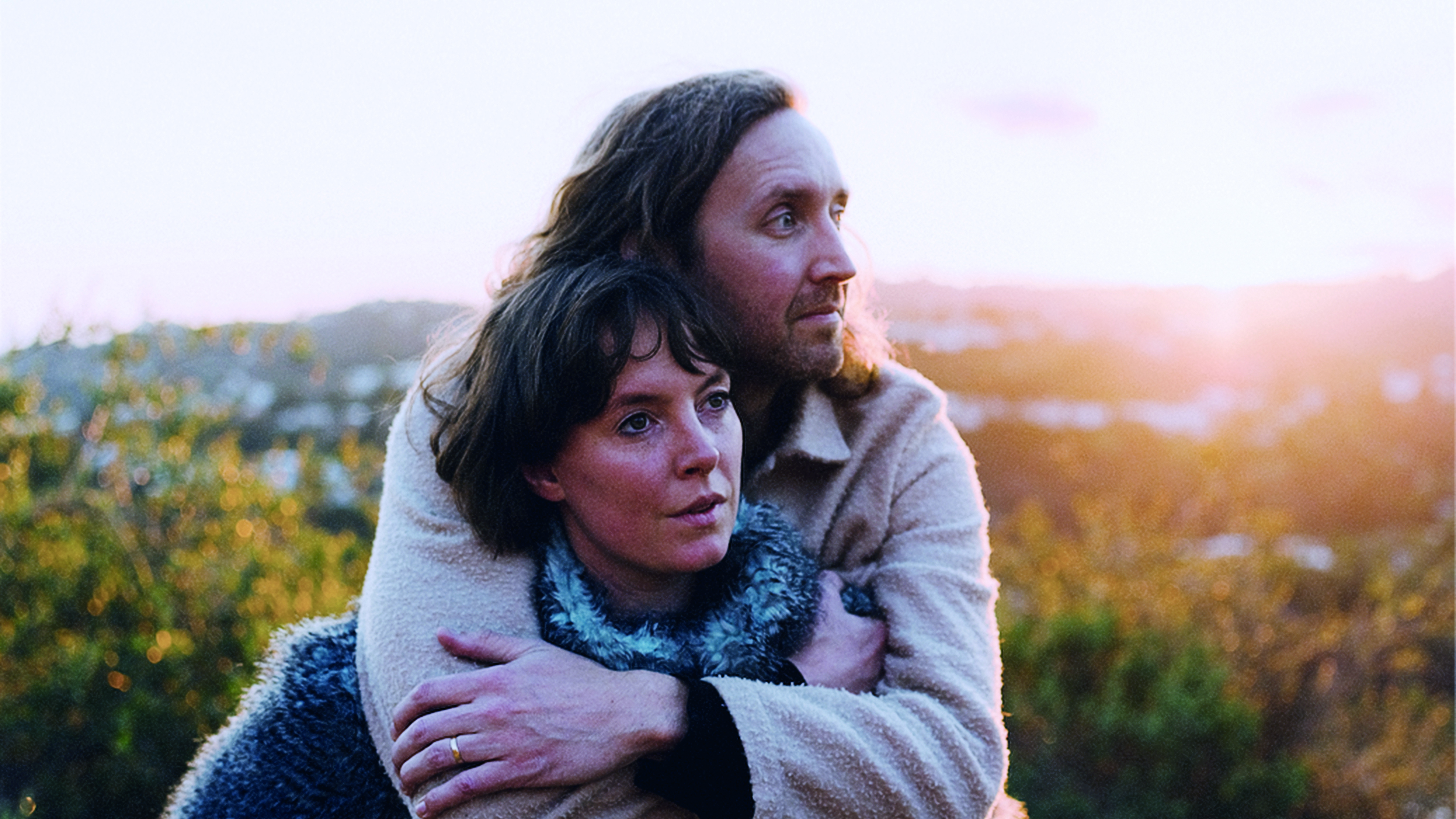
When Amelia Meath and Nick Sanborn formed electro-pop outfit Sylvan Esso in 2013, Meath was performing with her traditional folk vocal trio Mountain Man and Sanborn was creating Flying Lotus-esque electronic grooves as Made Of Oak.
Despite these disparate seeming backgrounds, the duo’s musical tastes and ambitions clicked pretty naturally, resulting in a pair of attention-grabbing albums - 2014’s Sylvan Esso and the Grammy-nominated 2016 follow-up What Now?
Much like synth-tinged pop luminaries such as Robyn and Christine and The Queens, Sylvan Esso are at their best when pairing infectious dancefloor grooves with rich, emotive motifs underpinned by a hint of tonal ambiguity.
That contrast has never been more clear than on their third LP Free Love, released on 25 September, which pairs the optimistic pop of tracks like Ferris Wheel and Rooftop Dancing with a more sedate, reflective side.
The album comes hot on the heels of a new live album and film, titled With, documenting the band’s 2019 tour, which saw them expand from an electronics and vocals duo into a full 10-piece band featuring members of Wye Oak, Hand Habits and Mountain Man.
We caught up with Sylvan Esso via Zoom to find out about that tour, Sanborn’s newfound love of modular, and how a new studio has helped the pair - who have been married since 2016 - separate their home and creative lives.
When did you do most of the work on the new record. Was it finished before the current pandemic hit?
Want all the hottest music and gear news, reviews, deals, features and more, direct to your inbox? Sign up here.
Amelia Meath: “We were just going into mixing when the real lockdown happened. We took an emergency plane home on 17 March or something like that. We’d been in LA mixing with BJ Burton…”
Nick Sanborn: “We went out to get groceries and it was just pandemonium. We were like, ‘let’s get on a plane, we can do this from home.’ Then there was a lot of tweaks made over the first month or two of lockdown.”
AM: “We got home and at first we were too sad to do really anything.”

We guess that it’s messed up all of your release plans?
AM: “Oh yeah, we’d had a really beautiful rollout planned for it.”
NS: “A bunch of festivals, a lot of touring.”
AM: “Releasing music now does feel oddly amazing though.”
NS: “It feels a lot different to before, in a way I totally did not expect, and it’s actually been very positive for me.”
AM: “Just being able to put something out into the world.”
NS: “Right before this we put out a live record, and originally we felt that was just going to be a fun thing to put out as a warm-up to announcing the album, but it’s ended up being this entirely different, more rich thing than I think it would have been otherwise. Because it arrived right when we didn’t know when we’d all be able to be together again.”
Are we right in thinking you set up a new studio ahead of this new album?
NS: “We’d had our studio in our house for years, and when we were working on our previous record there was a point when it became kind of an emotional liability to have it in our actual home. It was something that made the whole process feel daunting.”
AM: “We’d just never stop.”
NS: “We decided we wanted to try moving our studio to its own house. We found this little tiny rental in the middle of the woods, which was really cheap, and we moved everything in there just to see how it felt. We had that set up for about a year and a half, and in that time we made a bunch of stuff there, but there was something also like six different records from friends of ours made that probably never would have gotten made if that place hadn’t existed.”
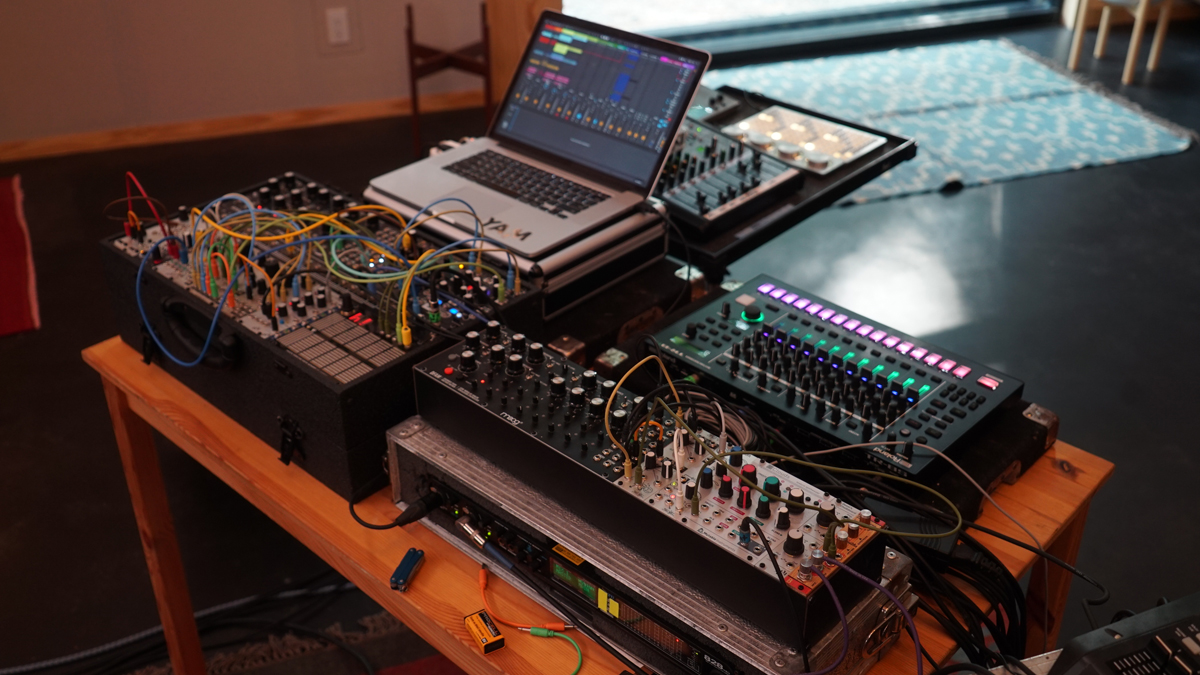
AM: “Well, they probably would have got made eventually, but they would have been a lot more expensive [laughs].”
NS: “We got to a point with that space where we felt like we’d need to change and soundproof it, but it was just this little rental place. So we started looking for a place we could actually buy and turn into a studio of our own. We looked for a long time - well over a year - thinking that the items on our wishlist didn’t exist. Then eventually we just randomly stumbled on this perfect place that’s way out in the middle of the woods.”
Was Free Love made from start to finish in the new studio?
AM: “No, actually we recorded everything in the small ‘B’ room, which will eventually be a mixing room, because the main ‘A’ room was still being built for almost the entirety of the record. There’s a lot of sawing going on in the background of the album, a lot of really fun auxiliary sounds [laughs]. We hadn’t soundproofed that B room yet. We do have one amazingly soundproofed, giant room now…”
NS: “...but the little smaller room is where we made the entire album. We did the whole thing assuming that at any moment they’d be done with the main room so that we could move in there, but then we finished the whole record before that.”
AM: “I have a theory that we’re just never going to get to make a record in a normal space. I’ll be recording vocals in closets until the day I die.”
What’s your writing process like as a duo, do you always work on tracks together?
NS: “It used to be pretty separate, but over the years it’s grown so that we now work on songs together pretty much all of the time.”
AM: “There’s always that initial point, where one of us will get an idea, and that usually happens alone, but we’re at the point where Nick can be jamming on something and I can write over it.”
NS: “Amelia will often bring in songs that she’s written on her own, just acapellas she’s written while running by herself or something. But everything else that we do happens pretty much fully in tandem now. That development has been really rewarding.”

AM: “We never do that thing where you’ll loop a part and listen to it over and over. We’ll listen through the emotional rollercoaster of what we’ve created already, hit stop and try and work out exactly what needs to come next. Nick has a beautiful depth of electronic understanding, when it comes to how to make many different sounds – and I’m great at feelings [laughs].”
NS: “The production is very much a shared effort nowadays, because over the years we’ve developed this language where Amelia can describe what she’s trying to do in a musical moment or a specific sound design idea, and now it feels like we can really hear each other on that shared plane of language.”
Are you always on the same page in terms of what you want the sound to be like?
AM: “[Laughs] No. But I think that’s because we don’t have a specific ‘sound’ for our band. It’s not like we can pull up a template or… what are those things the kids are making these days?”
“We never do that thing where you’ll loop a part and listen to it over and over. We’ll listen through the emotional rollercoaster of what we’ve created already, hit stop and try and work out exactly what needs to come next."
NS: “A Splice pack?”
AM: “Yeah! There’s not something where we have a set bass sound or specific drums or whatever.”
NS: “I think one thing we really got out of doing that live record was the realisation that if we make something, it will naturally sound like Sylvan Esso. That was quite a freeing thing, that loosened up the production constraints of this new album pretty radically for me.”
AM: “We’ve worked out that we always know what feels right for a track.”
Particularly on this latest record, you’re walking a fine line between being all-out pop and more abstract. Do you ever find yourselves having to course correct?
AM: “If you go too far one way or the other it makes things feel disingenuous.”
NS: “I think that’s the main guiding light for us. It’s about the feeling of something; you can just tell when you’ve strayed into dishonesty at both ends of the scale. I think every time something feels a little too on the nose or too much like something somebody else would do, those are the things we try to pull back from and think about how we can redirect the song in a way that feels more unique, or at least more like ‘us’.”
AM: “It’s actually quite a nice gauge really - we know it’s not going well if we feel like assholes. We had that with Runaway, which is one of the last tracks on the record. We kept trying to find the ending of it and every time we would do something new it would sound… gross.”
NS: “It sounded like theatre; just fake. It almost doesn’t matter what the production is like or what genre a track ends up in, the guiding light is just whether it feels true, like a real honest thing.”
"The biggest shift is that there’s a lot more modular on this record."
Gear-wise, what did you use most prominently on Free Love?
NS: “I guess the biggest shift is that there’s a lot more modular on this record. Pretty much every track either started from, or includes a heavy amount of modular sampling, which is a whole world I got into a couple of years ago. It just opened up this way for me to be surprised by my own instrument. It remains extremely inspiring.”
AM: “It’s been really lovely watching Nick transition from Ableton to using these modular pieces. Before you were using a loop-based program to create music, but now you’ve taken all the bits you actually liked from that approach and you’re using them outside the computer. With things like the [Make Noise] Phonogene - things that use looping but have all these ways you can touch or shift the sounds. It’s like you’ve remade the process. As someone working with you who only responds to the sounds themselves, it feels like all of a sudden you have more of a living, breathing weirdo to work with.”

NS: “I think the whole thing is that I’ve come out of the box a lot more, in DAW terms. Everything now feels like it starts outside of the computer and the computer has turned into way more of a tape machine. It’s been like a trip to the chiropractor – it’s like I was locked into this thing and everything was stiffening up, but this has cracked all of my joints. Now I feel like everything is a whole lot looser and a little more off-the-grid. It’s more surprising to me now too; I feel like I can have a conversation with myself with this new setup.”
So there aren’t many software instruments on this record?
NS: “Don’t get me wrong, I still use things like the Arturia bundle pretty heavily.”
AM: “There’s still some synth flute somewhere on the record [laughs].”
NS: “That stuff is still definitely there on the record, but used more like a problem solver than the foundation that would have inspired me to create a track.”
“I think the whole thing is that I’ve come out of the box a lot more, in DAW terms. Everything now feels like it starts outside of the computer and the computer has turned into way more of a tape machine."
In terms of the modular stuff, what are the key modules you’re working with?
NS: “A lot of the Make Noise stuff. They’re here in North Carolina with us. When I got into modular I really wanted to focus the instrument on experimental sampling, so right out the gate I was using the Phonogene. That was the basis for a bunch of tracks – Frequency, What If – which came from Phonogene and OP-1 sampling sessions. Then when they came out with the Morphogene that opened up a whole other layer around the same ideas.
“The Mannequins/Whimsical Raps Just Friends module, that was a big thing on this record too. All the Monome stuff too, I’m a big user of that. Those three companies were probably the ones that opened the most doors on this record and helped me think about things in a new, freeing way.”
How does the recording process work for you? Do you write and demo tracks then go back and record them, or just capture it as you go?
AM: “Once we’re writing a song, we’re working on the final product. The scratch vocals tend to become the main vocals just because nothing else is as honest or interesting-sounding as those.”
NS: “You’ve always recorded them right after you’ve written it, so the emotion of the lyrics is so fresh. You get this really accurate take of, like, the true version of it. We keep having this dream that next time we make a record we’re going to create multiple versions of stuff and we’re going to demo things out, but it never happens.”
AM: “It’s really confusing to our label. Sometimes we’ll really veer off course. We do sometimes make multiple versions of tracks, but usually we’ll hate them so much that we’ll just get rid of everything. With this last record, we did a thing where, whenever we got really stuck, we’d take everything away and just leave the vocals, then we’d just rebuild around that.”
NS: “It’s like, we’d wander down the wrong path and find we’re eight or nine bad decisions into a thing. We’d need to just mute everything that bugs us and we’d end up with something like, just the kick drum and the vocal. Doing that could be freeing though, it’s nice.”
AM: “It also leads us to make really weird decisions, like the bass hit in Frequency. Or all of the weird little bells we put in there. That’s the fun part where we just talk about songs in terms of pop energetics; like this needs to swoop up here, or we need a little energetic question mark here. We’ll end up putting an elevator bell in or something. We didn’t realise how truly strange the way we write songs is before we got the With band together and tried to teach them all of our songs. We had all of these seasoned musicians looking totally confused.”
NS: “Nothing makes you realise your own strangeness like having to teach your idea to someone else.”
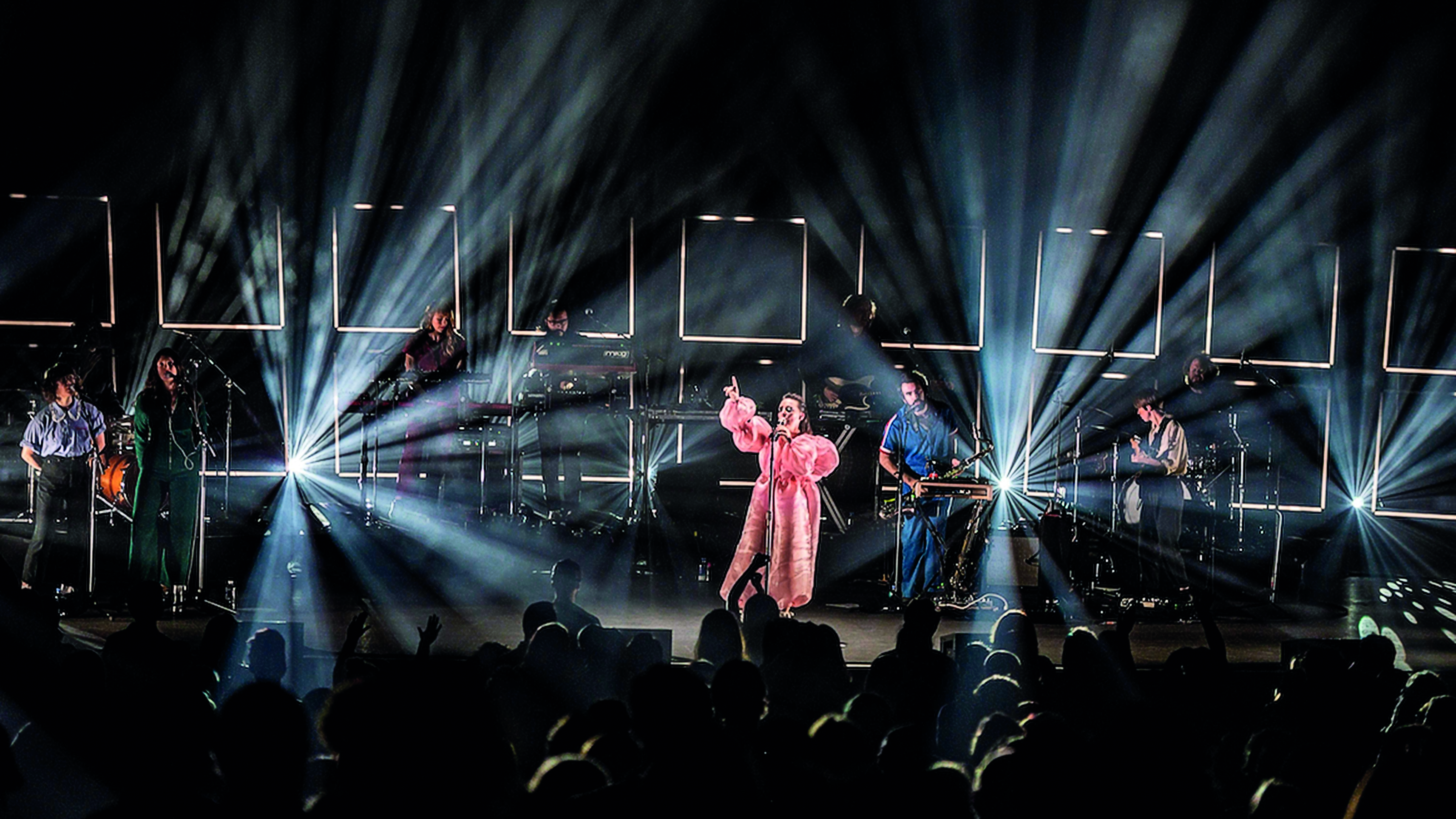
Let’s talk about the With tour – what was the idea behind putting that live band together?
NS: “We’d done a ‘band’ thing before, as a way to help us remember what the emotional centre of those songs was. We did it right after we’d finished our second record - that’s always a point for musicians where I think you can’t properly listen to the thing you’ve just made anymore. So we put this band together as a way to refresh those songs for ourselves, and it was so fun. Ever since then the idea of doing a full tour has been kicking around. It was great though, the whole process opened up the very idea of what our band is for me, in a way that I didn’t expect.”
AM: “Meg who plays guitar in the band told me they were all like, ‘I think we’ve opened up a positive portal in that band’ [laughs]. It was magical though; we got to tour on this really fun level of having so many people that it felt like summer camp.”
NS: “Personally on a nuts-and-bolts musician level, it was really fun to go from being, essentially, a very elaborate version of a DJ, to actually being a member of the band. I had a table of electronics and a couple of synths and that let me feel like an electronic musician in a totally different way.
“It was cool like, being at the Walt Disney Theatre and playing a Hyve touch-plate synth, or a Landscape Stereo Field at the LA Philharmonic. It just felt cool to be able to bring those instruments to those places.”
Did that setup allow you to improvise more?
NS: “Oh yeah, we had no backing tracks so everything was as loose as we wanted it to be. Especially things like the opening track Come Down, or Sound or Free – those could really change night to night depending on the feel of the room.”
Was it challenging to rearrange those mostly-electronic tracks for live musicians?
NS: “We started by dividing tracks into parts and seeing who could play what.”
AM: “We had two people whose jobs were just to cover bass and ethereal synth clouds.”
NS: “‘Synth world’ was me and two other people.”
AM: “We’d divide the main parts up and then be, like, ‘OK, who can handle this weird little noise here?’, and spread those bits out based on whoever thought they could do it at the time.”
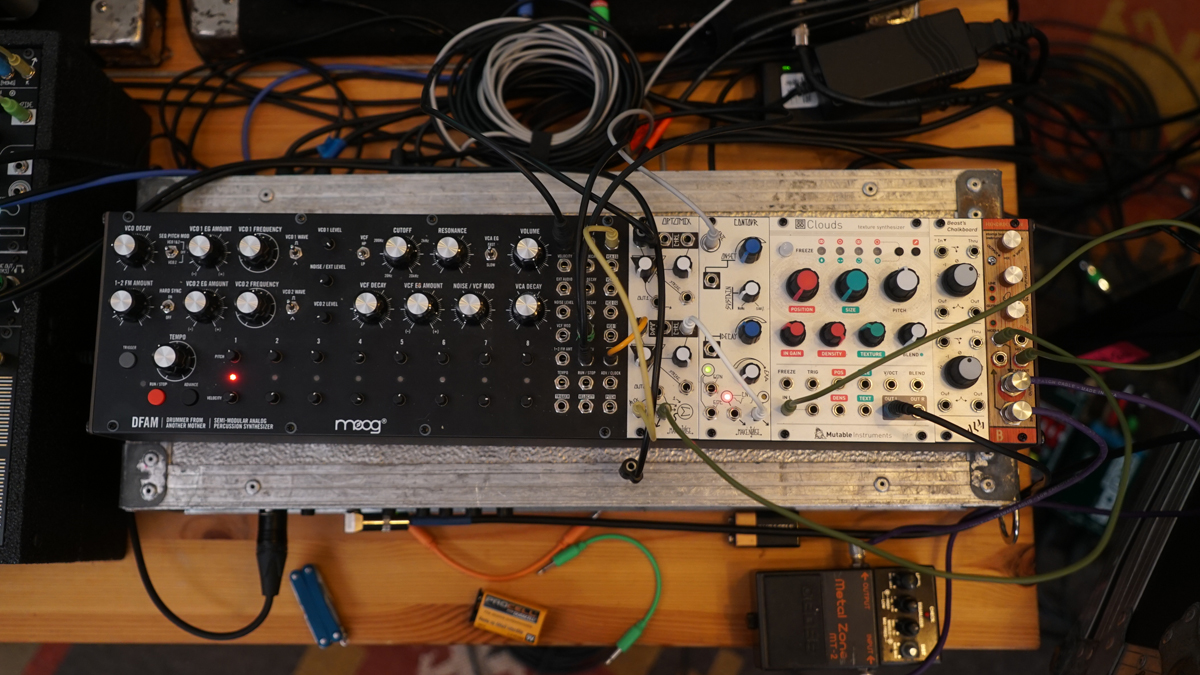
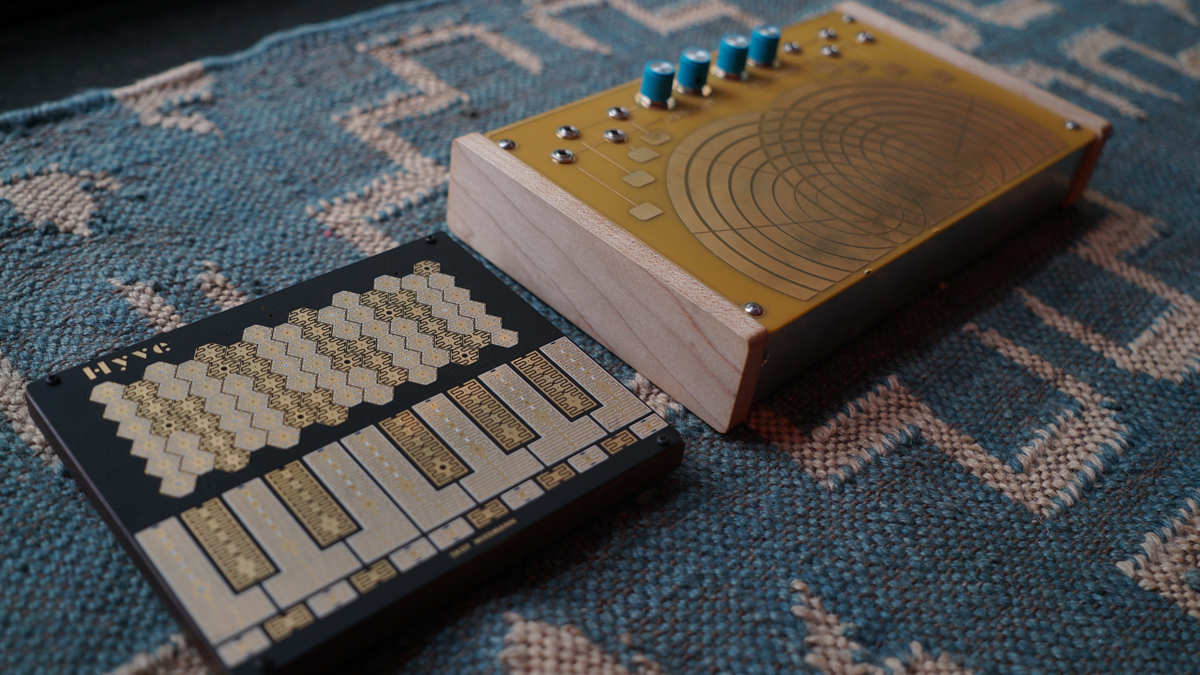
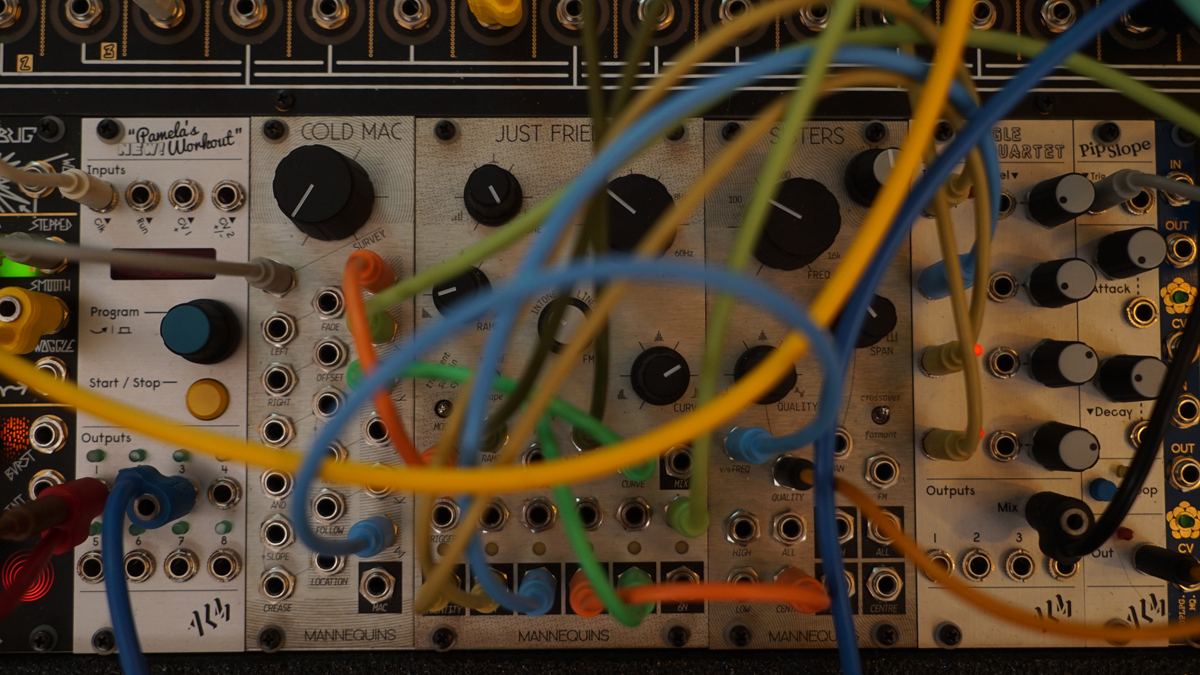
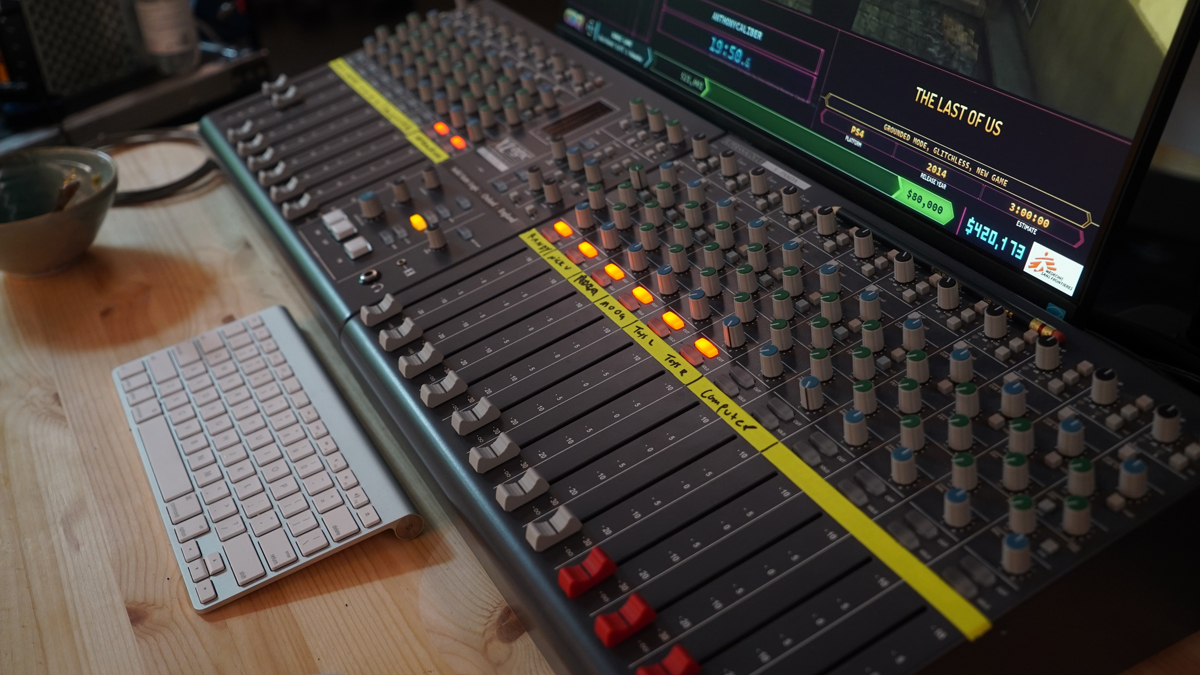
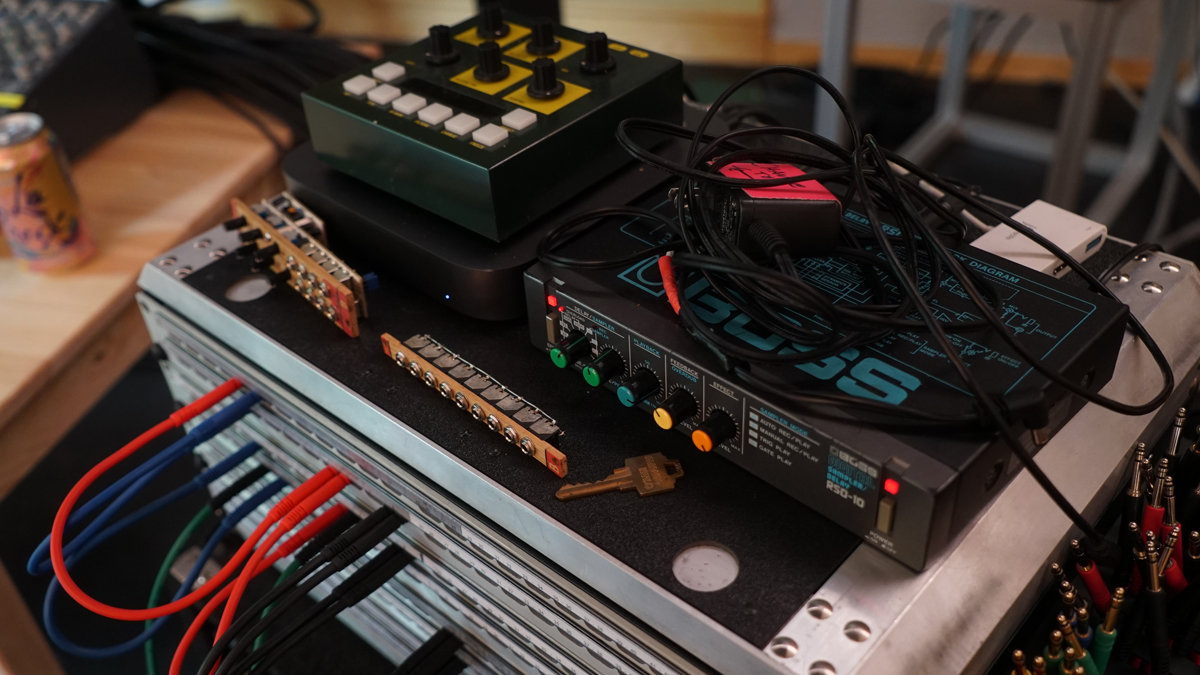
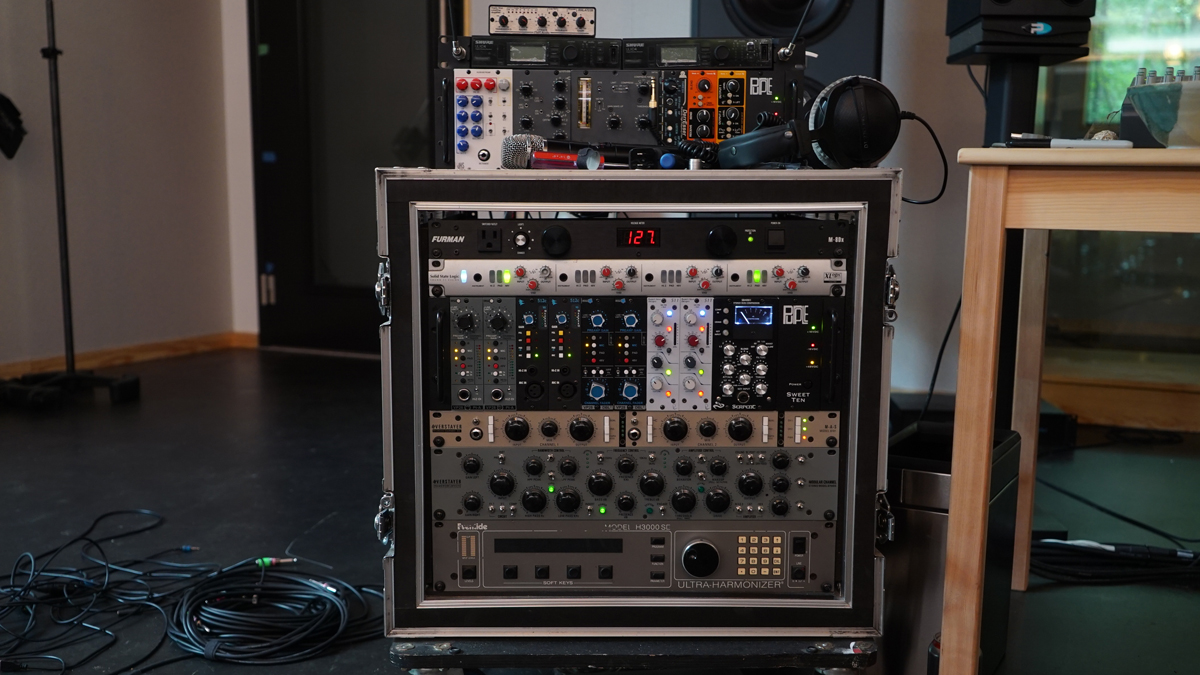
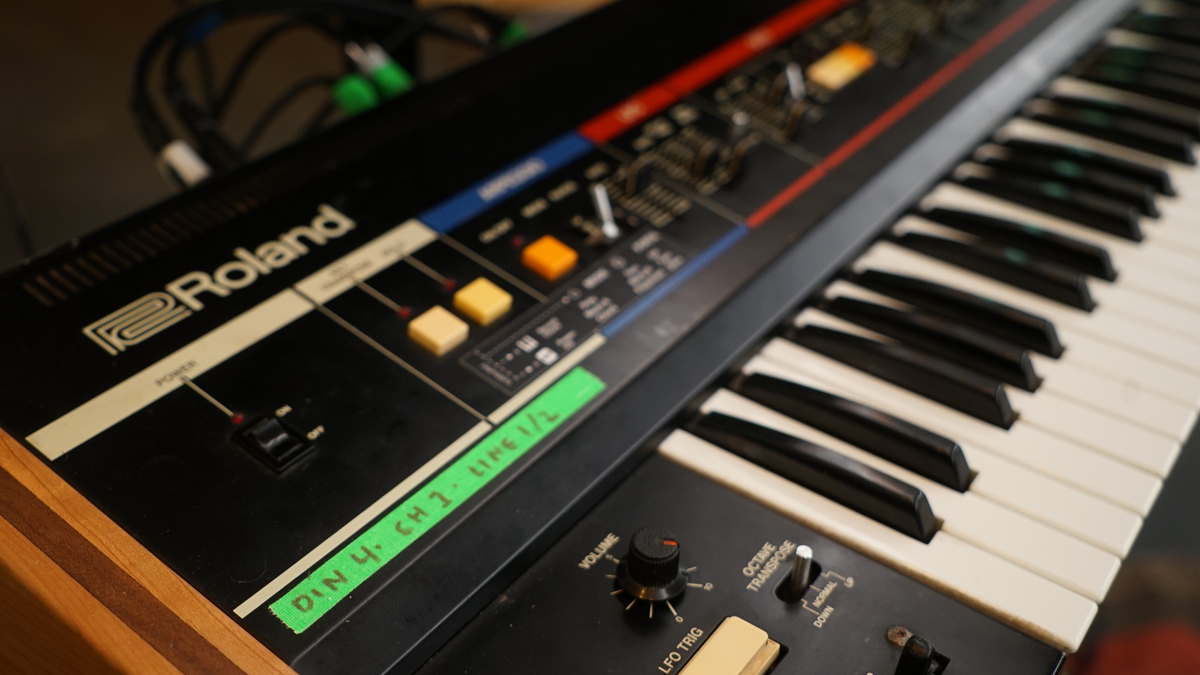
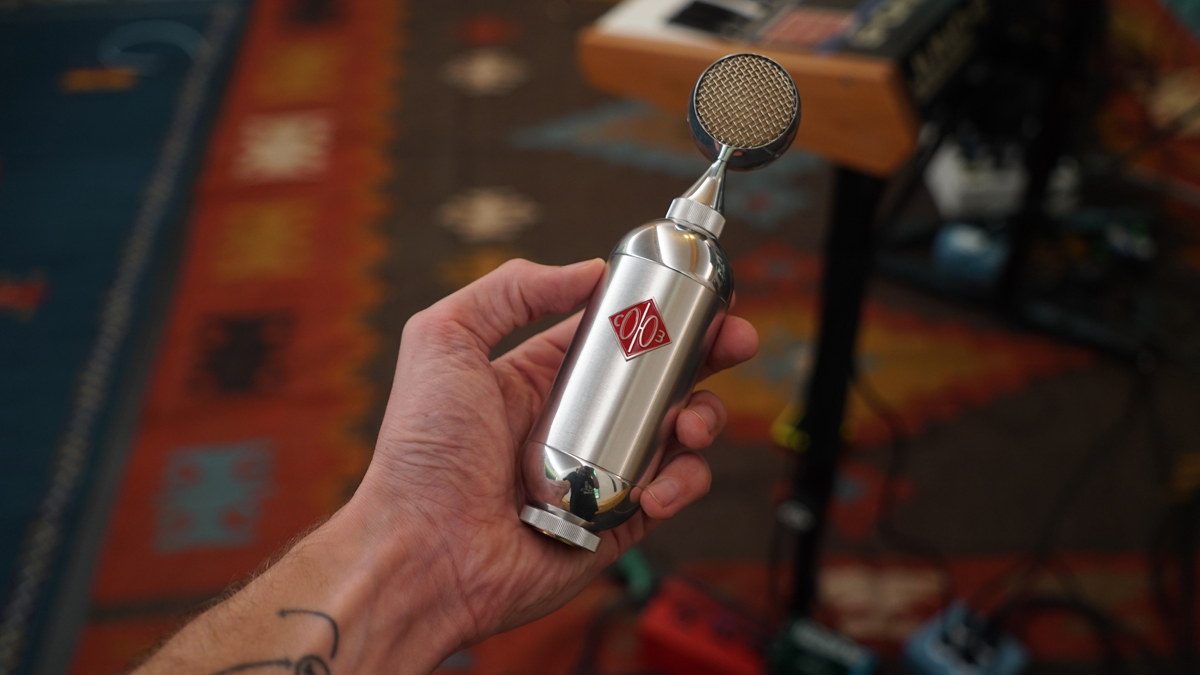
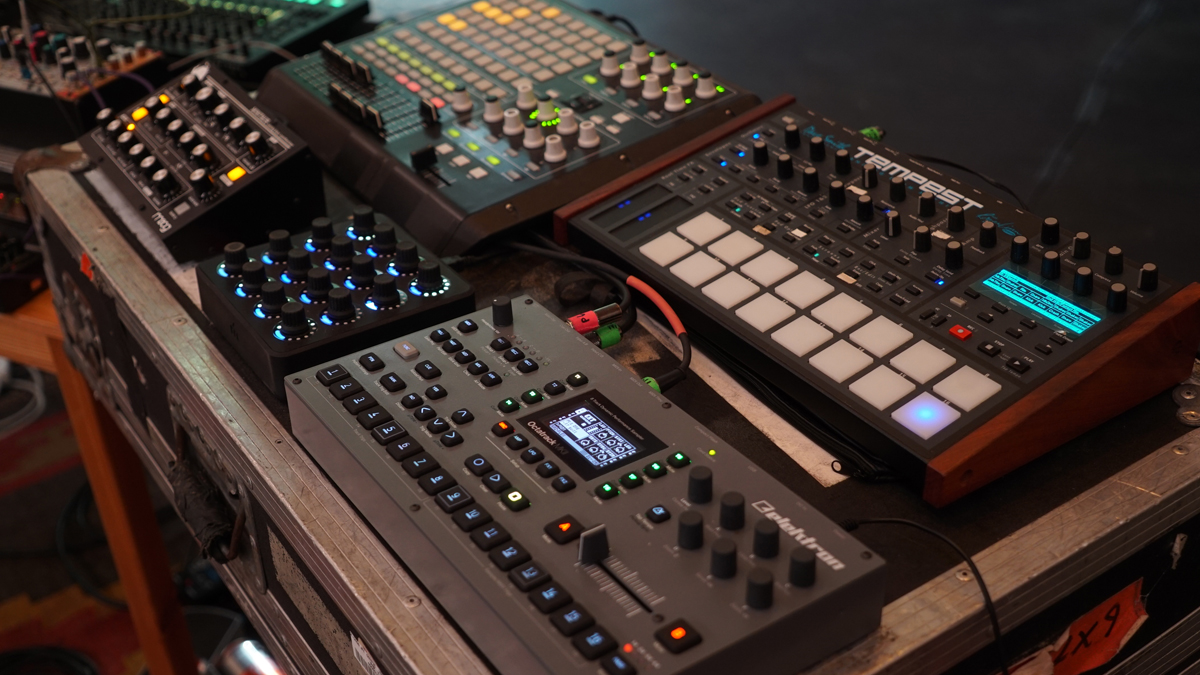

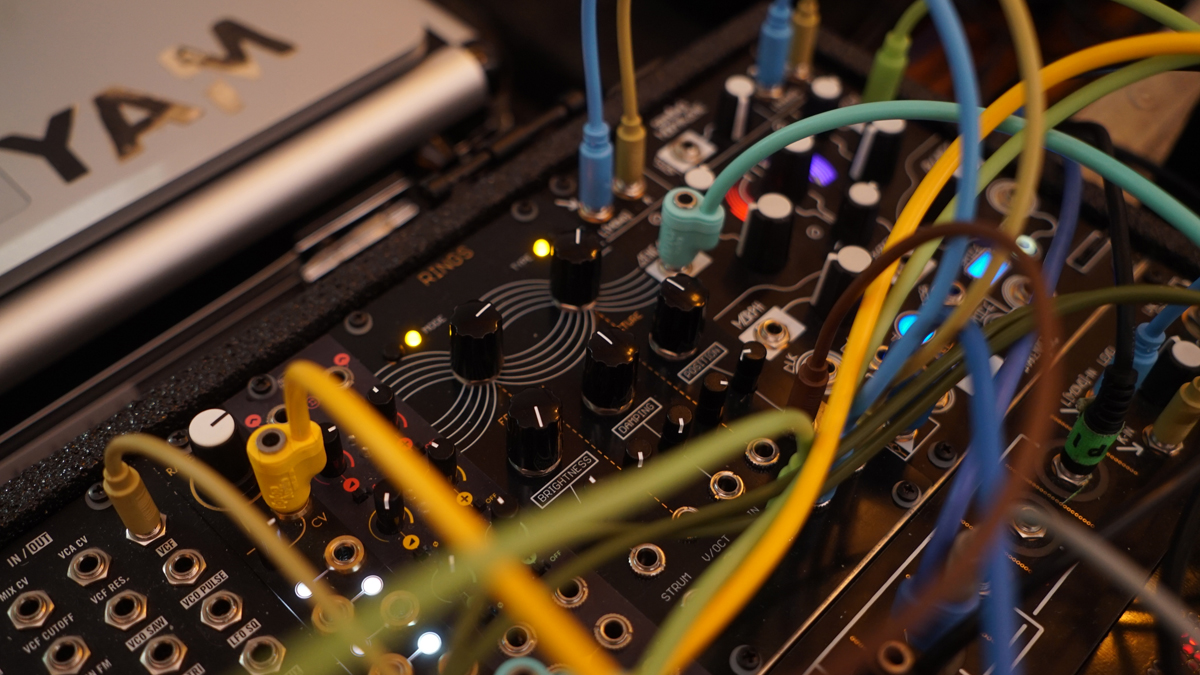
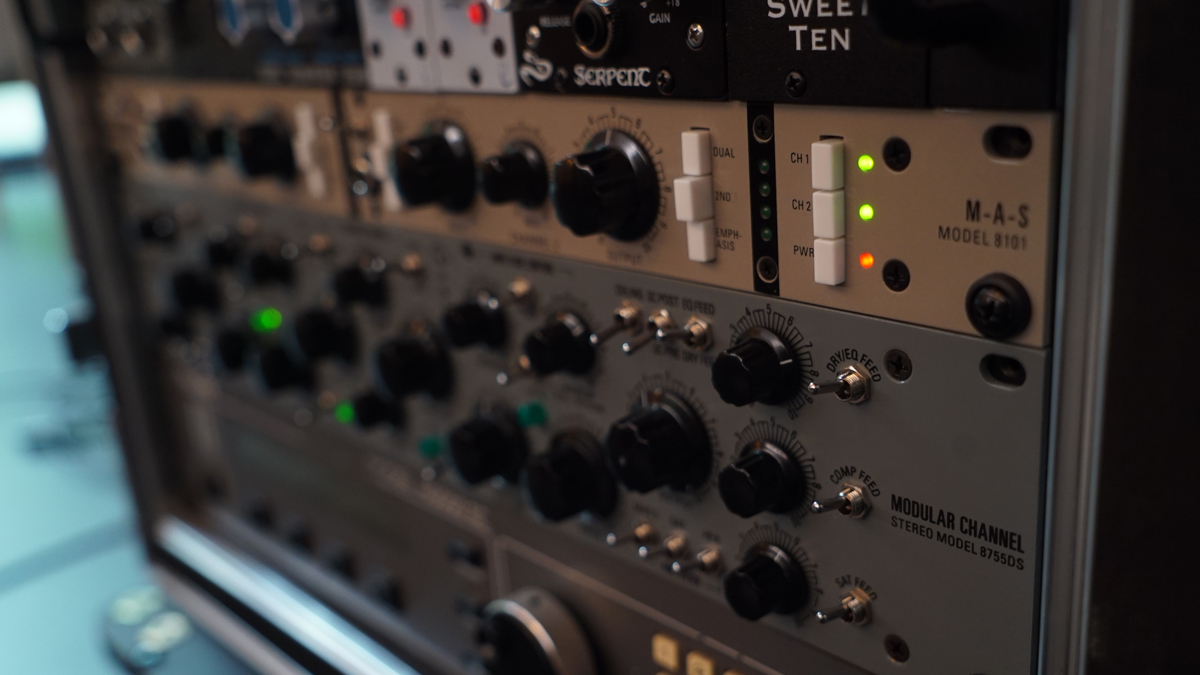
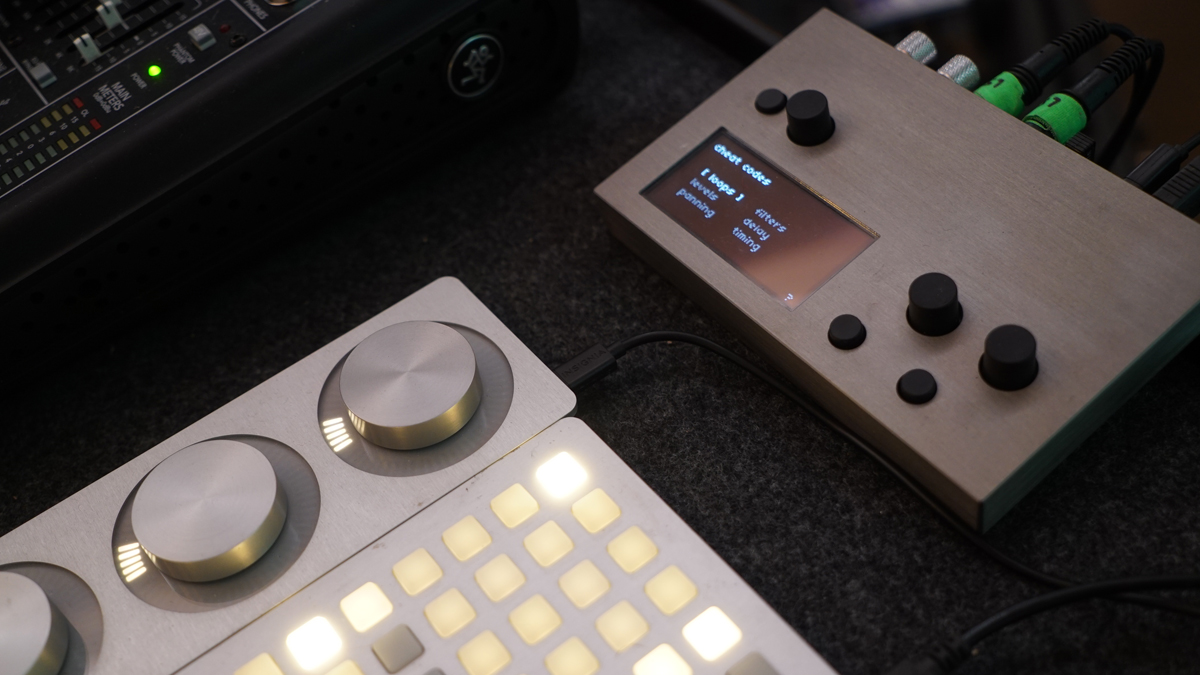
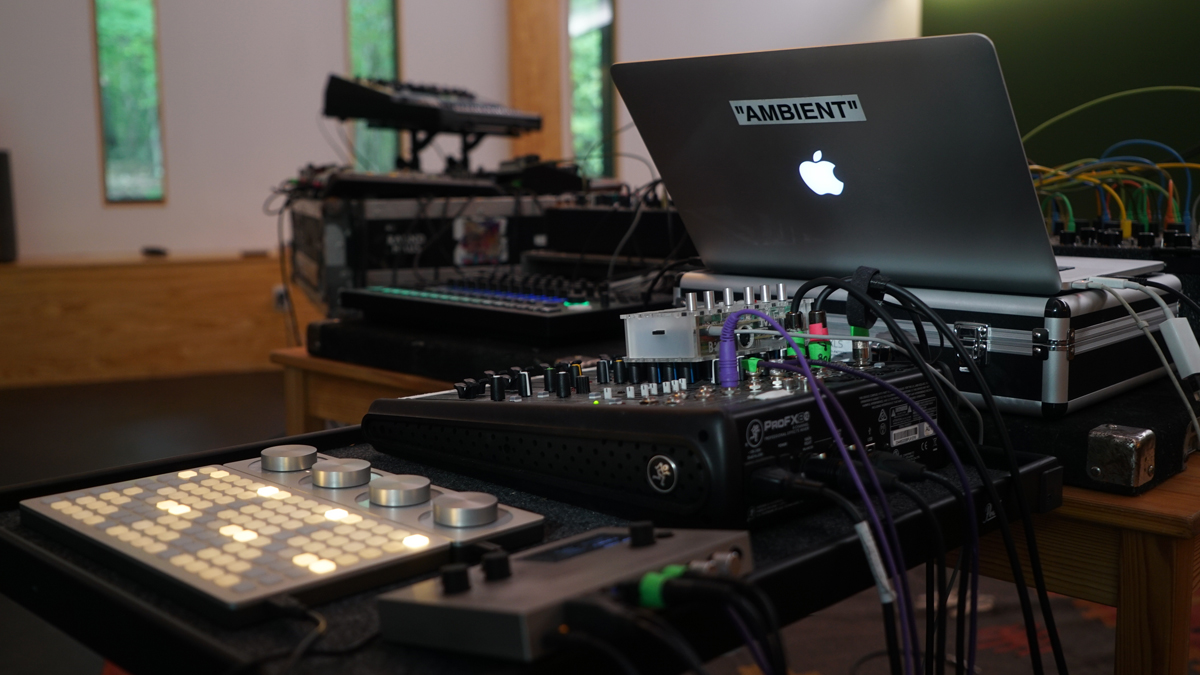
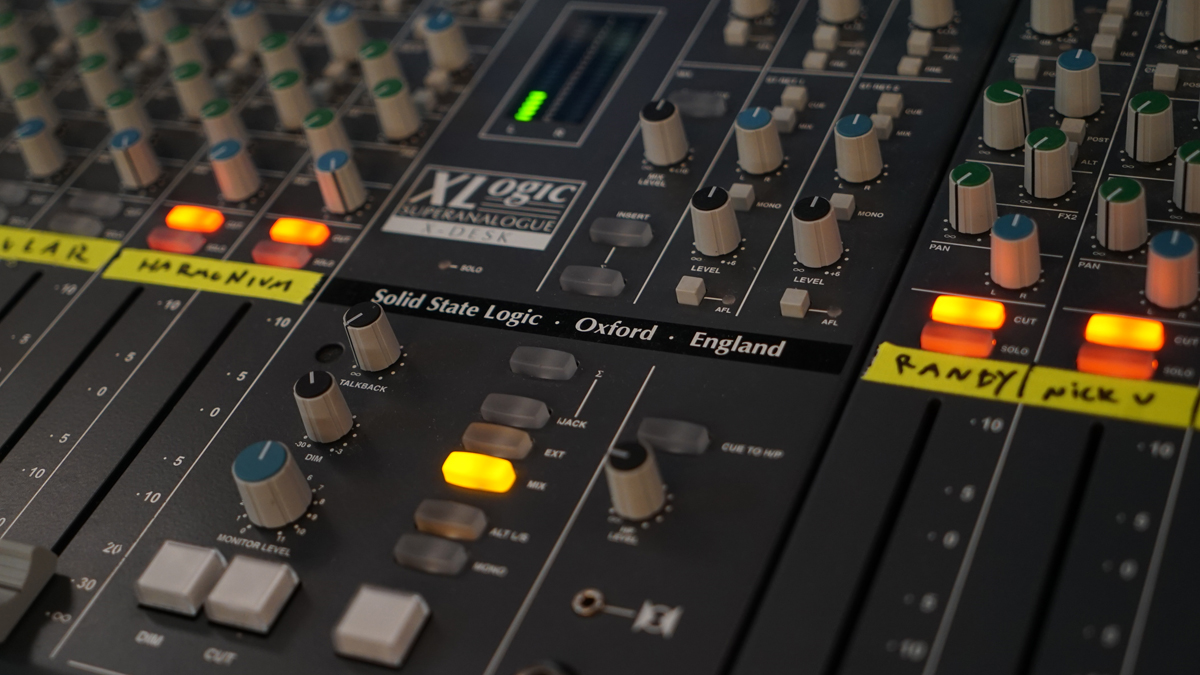
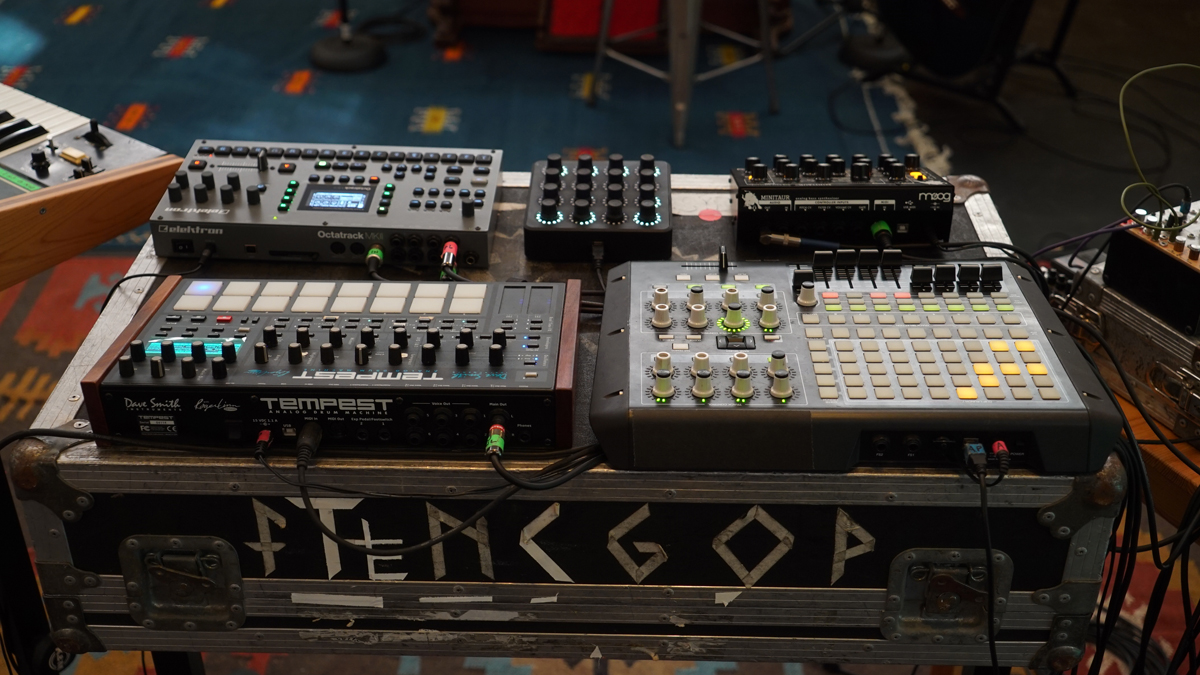
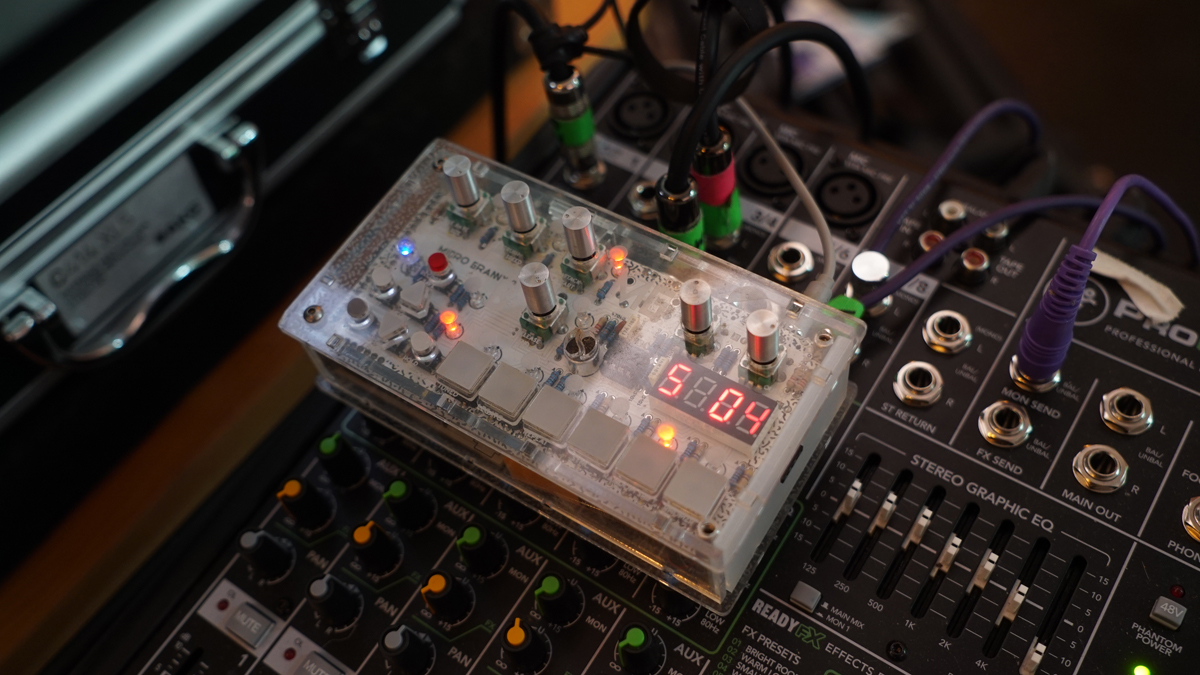
NS: “It was kind of interesting trying to figure out what parts of each song were going to remain essential as we rearranged them. That was tough to predict and changed a lot as we went on. Things like a weird little elevator bell noise; figuring out that that was actually an essential thing only came from playing the tracks through and realising we were really missing it. It was kind of tough trying to find those essential pieces while also making sure that the other people in the band felt the freedom to suggest things.”
AM: “When we were originally conceiving the project we’d envisioned it kind of like a ‘fancy Sylvan Esso’, so we booked to play in these nice fancy theatres. The thing is, when we came to play these sit down shows, the band fucking ripped – it was like the funkiest, weirdest thing. It was much bigger than we expected, like a true band of freaks really going for it. Everyone was up dancing every night in these fancy-ass chairs. It was so fun.”
Do you think that project changed the way you wrote songs when it came to the new album?
NS: “It’s taken us even further from the idea of having a ‘formula’ for writing songs. Especially some of the songs on the new record, it feels like they can now truly come from anywhere.”
AM: “I think what it did was give us more confidence in our abilities to make exciting musical decisions. I think it validated some of our weird musical decisions too, although sometimes for us ‘weird’ means being more mainstream.”
NS: “I guess it feels like it gave us permission to do stuff. Gave us confidence to quit worrying about the small stuff.”
AM: “It scrubbed some of the imposter syndrome away; we got to be band leaders and for once it wasn’t just you and me staring at each other and wondering what to do.”


Future Music is the number one magazine for today's producers. Packed with technique and technology we'll help you make great new music. All-access artist interviews, in-depth gear reviews, essential production tutorials and much more. Every marvellous monthly edition features reliable reviews of the latest and greatest hardware and software technology and techniques, unparalleled advice, in-depth interviews, sensational free samples and so much more to improve the experience and outcome of your music-making.
